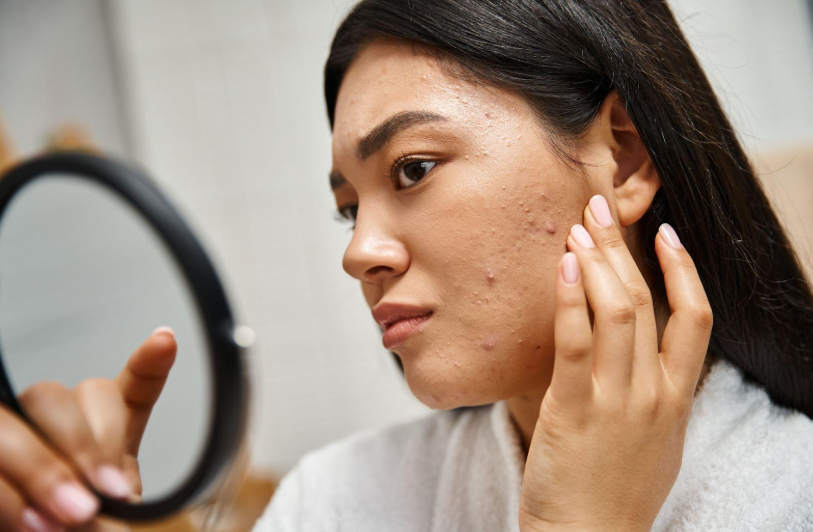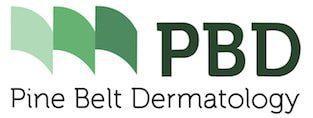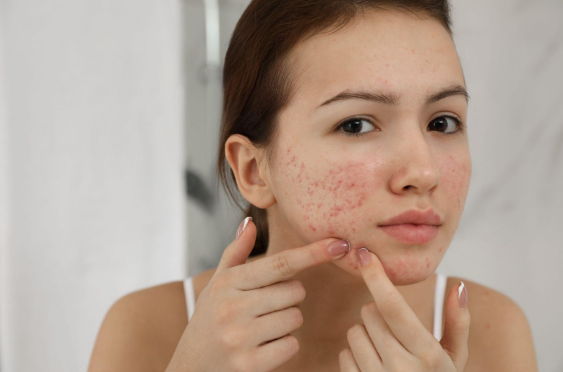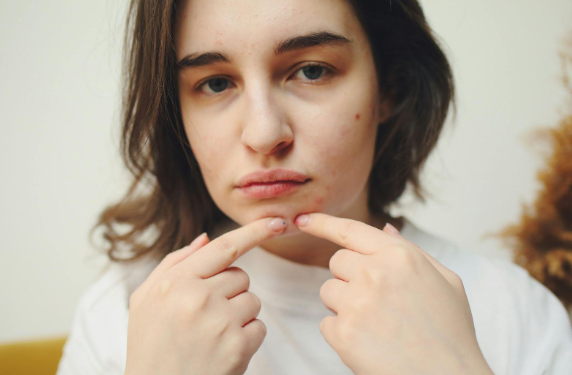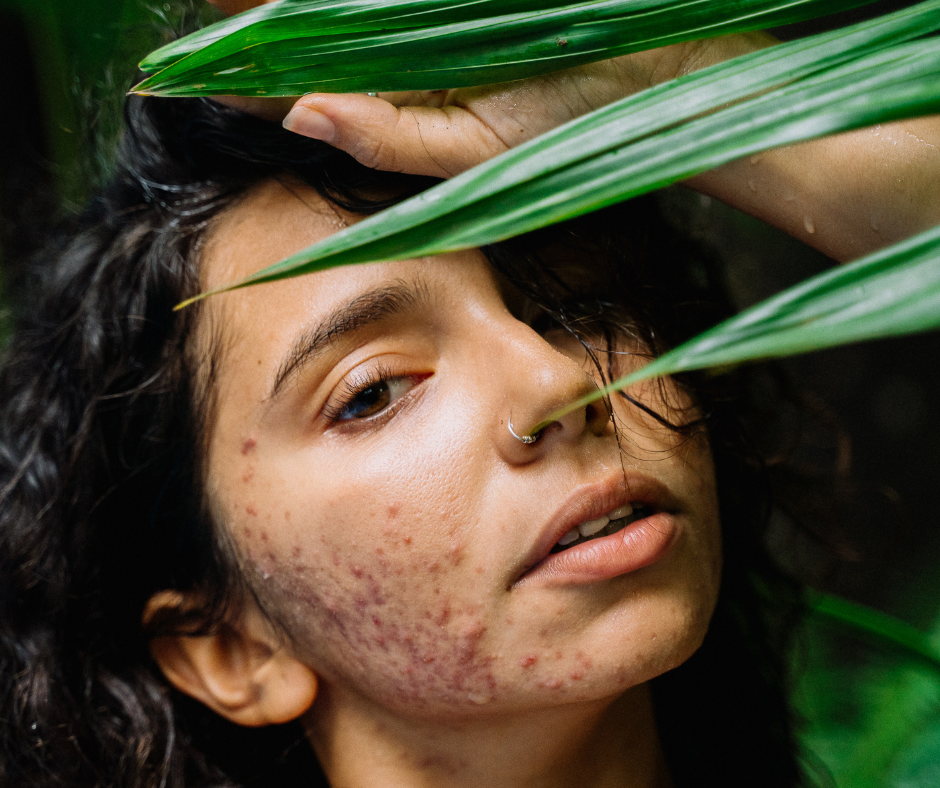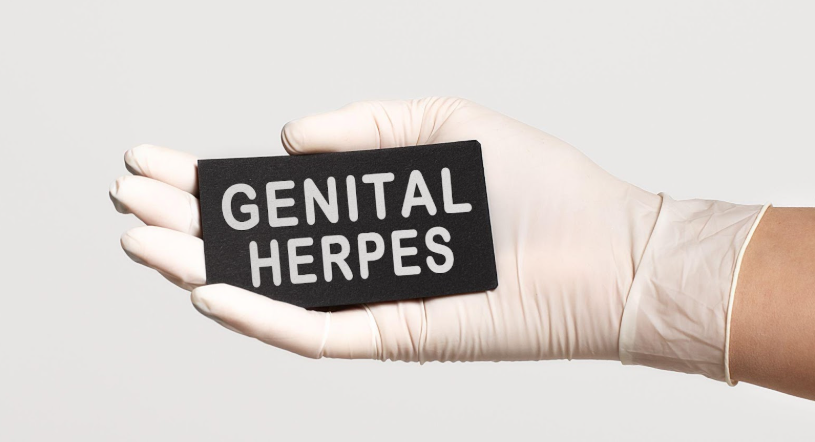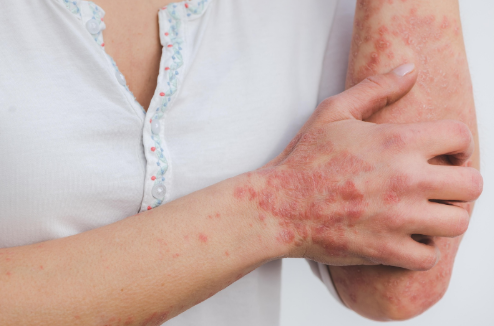Post-Summer Skin Repair: How to Reverse Sun Damage and Hyperpigmentation
Post-Summer Skin Repair: How to Reverse Sun Damage and Hyperpigmentation
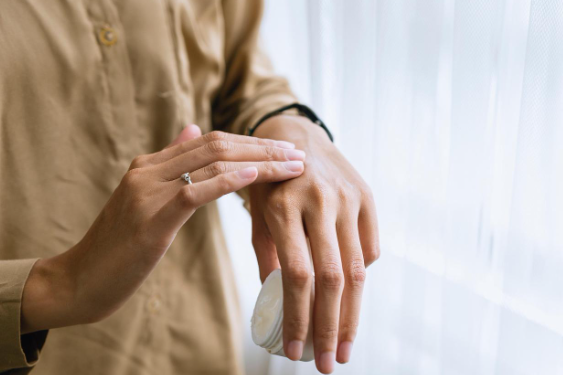
As summer fades and the cooler months approach, many of us are left with visible reminders of the sun-soaked days—uneven skin tone, stubborn dark spots, and a rough texture that wasn’t there before. Sun damage, especially in the form of hyperpigmentation, is one of the most common skin concerns post-summer. Fortunately, with the right approach and treatments, you can begin reversing these effects and restore your skin’s health and radiance.
Understanding Sun Damage and Hyperpigmentation
Before diving into solutions, it’s important to understand what happens to your skin during prolonged sun exposure. The sun emits ultraviolet (UV) rays, primarily UVA and UVB, both of which can harm the skin in different ways. UVB rays cause sunburn, while UVA rays penetrate deeper and are largely responsible for premature aging and hyperpigmentation.
Hyperpigmentation occurs when your skin produces excess melanin in response to UV exposure. This results in dark patches, freckles, and sunspots, particularly on areas most exposed to the sun like the face, chest, shoulders, and hands.
The Signs of Post-Summer Skin Damage
Sun damage can manifest in various forms, and recognizing these signs early helps in planning effective treatment.
Uneven Skin Tone and Texture
The sun can lead to an uneven distribution of melanin, making the complexion look patchy or dull. At the same time, UV exposure breaks down collagen and elastin fibers, contributing to a rougher texture.
Dark Spots and Melasma
Dark spots or sunspots are flat brown patches that develop on sun-exposed areas. Melasma, a form of hyperpigmentation often triggered by sun exposure and hormonal changes, presents as blotchy, brownish areas primarily on the face.
Fine Lines and Wrinkles
UV radiation accelerates the aging process by degrading the skin's collagen network. This leads to the development of fine lines, wrinkles, and sagging skin.
Step-by-Step Guide to Reversing Sun Damage
Repairing your skin post-summer requires consistency, patience, and a combination of treatments designed to promote regeneration, fade discoloration, and strengthen the skin barrier.
Step 1: Gentle but Effective Cleansing
The foundation of any skincare routine begins with proper cleansing. Post-summer skin may be sensitive, so it’s essential to use a gentle cleanser that removes impurities without stripping away natural oils. A cleanser with mild exfoliating properties, such as those containing lactic acid or polyhydroxy acids (PHAs), can help slough off dead skin cells without causing irritation.
Step 2: Exfoliation for Cell Turnover
Exfoliation is key to reversing sun damage, as it accelerates the shedding of discolored, damaged skin cells and promotes the growth of new ones. Chemical exfoliants like alpha hydroxy acids (AHAs) and beta hydroxy acids (BHAs) are more effective and safer than harsh physical scrubs.
Glycolic Acid for Surface Renewal
Glycolic acid is a small AHA molecule that penetrates the skin easily and helps improve texture and tone. Using a glycolic acid serum or toner 2–3 times a week can aid in reducing pigmentation and boosting radiance.
Salicylic Acid for Acne-Prone Skin
For individuals who experience post-summer breakouts due to sweat and sunscreen buildup, salicylic acid can be beneficial. It penetrates deep into pores, clearing out debris and reducing inflammation.
Step 3: Incorporating Brightening Serums
To directly address hyperpigmentation, brightening serums are essential. These products are packed with active ingredients that inhibit melanin production and fade existing dark spots.
Vitamin C for Antioxidant Protection
Vitamin C is a powerful antioxidant that not only helps lighten hyperpigmentation but also protects against further UV damage. Look for stable forms like ascorbyl glucoside or magnesium ascorbyl phosphate in concentrations of 10–20%.
Niacinamide for Even Skin Tone
Niacinamide, or vitamin B3, helps reduce the transfer of melanin to skin cells and improves the appearance of blotchy skin. It’s also known for its anti-inflammatory properties, making it suitable for sensitive skin types.
Licorice Root and Kojic Acid
Natural ingredients like licorice root extract and kojic acid are effective at targeting pigmentation without causing irritation. They work by inhibiting tyrosinase, the enzyme involved in melanin production.
Step 4: Retinoids to Boost Cellular Turnover
Retinoids, derived from vitamin A, are among the most powerful tools in reversing sun damage. They accelerate cell turnover, reduce fine lines, and help fade dark spots by pushing fresh, new skin cells to the surface.
Choosing the Right Retinoid
For beginners, over-the-counter retinol or retinaldehyde are effective yet gentler options. For more severe sun damage, dermatologists may recommend prescription-strength tretinoin.
Building Tolerance Gradually
Because retinoids can cause dryness or irritation, it’s best to start with a low concentration and use it every other night. Pairing it with a moisturizer can minimize side effects while maintaining efficacy.
Step 5: Deep Hydration and Barrier Repair
Sun exposure depletes the skin of moisture and weakens its barrier function. Replenishing hydration is essential for allowing the skin to repair itself and function optimally.
Hyaluronic Acid for Hydration
Hyaluronic acid attracts water into the skin, plumping it up and reducing the appearance of fine lines. Use it on damp skin and follow with an occlusive moisturizer to lock in hydration.
Ceramides and Fatty Acids for Repair
Moisturizers containing ceramides, cholesterol, and fatty acids help rebuild the skin’s lipid barrier. A healthy barrier not only reduces irritation but also enhances the effectiveness of active treatments.
Professional Treatments to Accelerate Results
While at-home skincare forms the foundation of post-summer repair, professional treatments can significantly speed up the healing process and provide more noticeable results.
Chemical Peels
Chemical peels use stronger concentrations of exfoliating acids to remove the outermost layers of damaged skin. They are especially effective for treating hyperpigmentation, fine lines, and uneven texture.
Light Peels for Mild Damage
Light peels, such as those with lactic or mandelic acid, are suitable for minor pigmentation and sensitive skin. These require little downtime and can be repeated every few weeks.
Medium to Deep Peels for Stubborn Spots
For more persistent sun damage, medium-depth peels with TCA (trichloroacetic acid) or Jessner’s solution may be recommended. These peels offer dramatic improvement but require a longer recovery time.
Laser Treatments
Laser therapy targets pigment directly and can break down melanin clusters without harming surrounding tissue.
Intense Pulsed Light (IPL)
IPL is a non-invasive treatment that uses broad-spectrum light to reduce redness, brown spots, and uneven skin tone. It’s ideal for treating superficial sun damage on the face, chest, and hands.
Fractional Lasers
Fractional lasers like Fraxel penetrate deeper into the skin, stimulating collagen production and resurfacing the skin. They are effective for both pigmentation and textural concerns.
Importance of Sun Protection Moving Forward
Repairing your skin after summer is only part of the equation. To maintain results and prevent further damage, sun protection must become a non-negotiable part of your daily routine—even during cloudy or cooler months.
Choosing the Right Sunscreen
A broad-spectrum sunscreen with SPF 30 or higher is essential. Mineral-based sunscreens containing zinc oxide or titanium dioxide offer physical protection and are less likely to cause irritation or clog pores.
Reapplication Is Key
Even the best sunscreen needs to be reapplied every two hours if you’re spending time outdoors. For those who wear makeup, powder or spray sunscreens can be convenient for touch-ups throughout the day.
Protective Clothing and Accessories
Wide-brimmed hats, UV-protective sunglasses, and long-sleeved clothing offer an additional layer of defense. Staying in the shade during peak sun hours also reduces your cumulative UV exposure.
Nutrition and Lifestyle Support for Skin Repair
Your skin’s ability to heal and regenerate is deeply connected to your internal health. A balanced diet and supportive lifestyle habits can enhance the effectiveness of your skincare efforts.
Antioxidant-Rich Diet
Foods high in antioxidants, such as berries, leafy greens, nuts, and green tea, help neutralize free radicals generated by UV exposure. Vitamins A, C, and E are particularly beneficial for skin repair.
Adequate Hydration
Staying well-hydrated supports cellular function and maintains skin elasticity. Aim to drink at least eight glasses of water daily and limit dehydrating beverages like alcohol and caffeine.
Sleep and Stress Management
Chronic stress and lack of sleep impair the body’s ability to repair itself, including the skin. Prioritizing quality sleep and stress-relief techniques like yoga or meditation can improve overall skin appearance.
When to See a Dermatologist
While many cases of sun damage and hyperpigmentation can be treated at home, certain conditions warrant professional evaluation. If you notice rapidly growing dark spots, changes in the shape or color of moles, or areas that bleed or itch persistently, consult a dermatologist. These could be signs of precancerous lesions or melanoma.
Your Post-Summer Skin Recovery Starts Now
The end of summer is the perfect time to reevaluate your skincare routine and address the effects of months spent in the sun. With a structured regimen that includes exfoliation, targeted serums, hydration, and sun protection, you can reverse much of the visible damage and restore your skin’s natural glow. For stubborn concerns, consider professional treatments that can dramatically enhance your results.
Don’t let sun damage define your complexion. With consistency, patience, and the right support, your healthiest skin is within reach.
If you’re struggling with sun damage or hyperpigmentation after a long summer, our experts at
Pine Belt Dermatology are here to help you restore and rejuvenate your skin with expert care and advanced treatment options. Our board-certified dermatologists specialize in personalized skincare plans that target discoloration, improve texture, and protect your skin’s long-term health. Don’t let sun damage become permanent—schedule your consultation today and take the first step toward a clearer, more radiant complexion with us.
